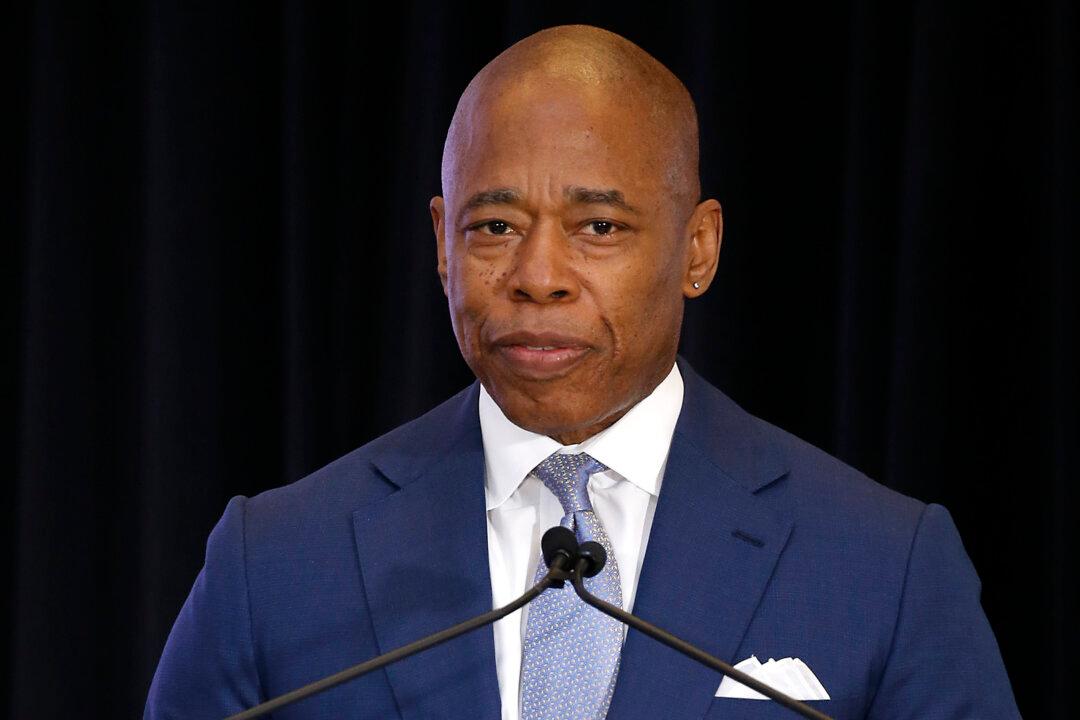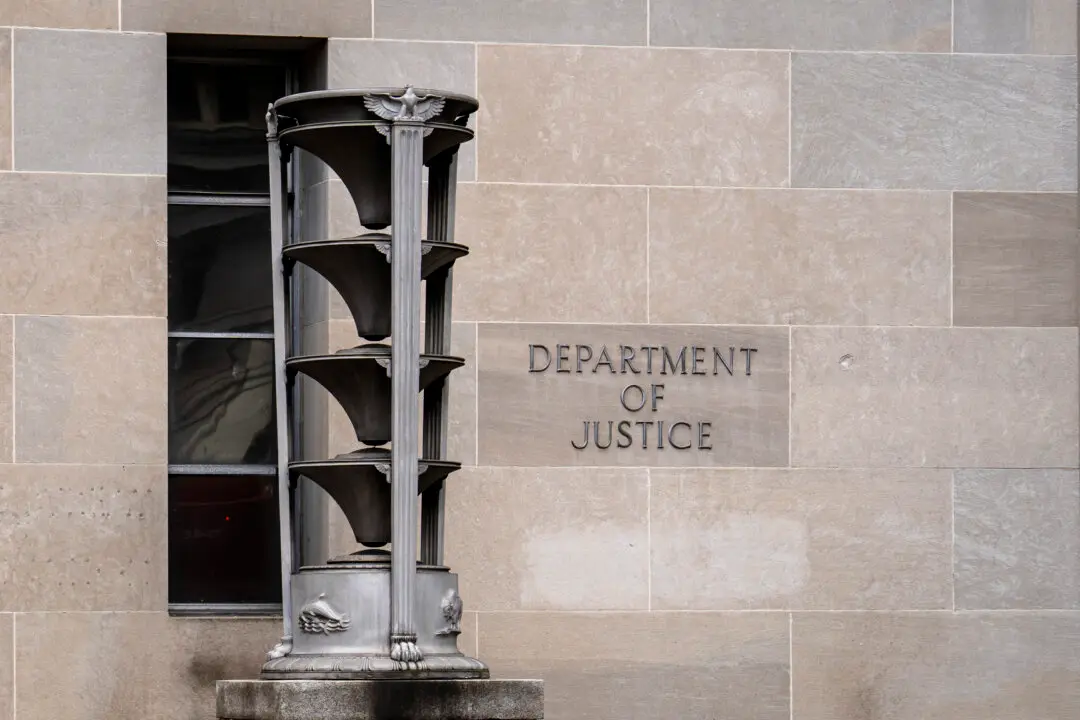New York City Mayor Eric Adams is opening a shelter on Randall’s Island to house up to 2,000 illegal immigrants seeking asylum.
The new Humanitarian Emergency Response and Relief Center will provide different services to the asylum seekers, including helping them reach their desired destinations outside of New York City, according to an Aug. 7 statement from the mayor’s office.





